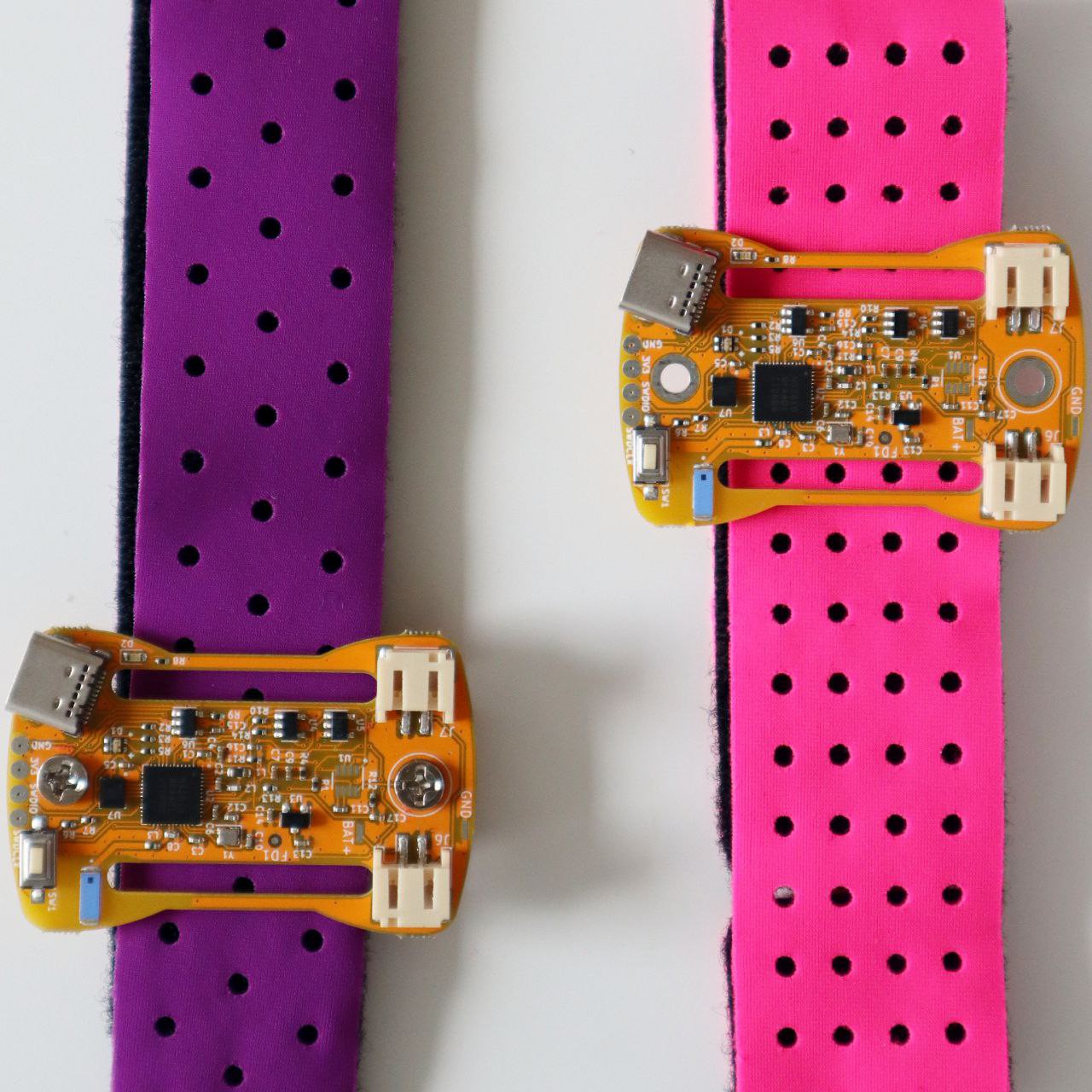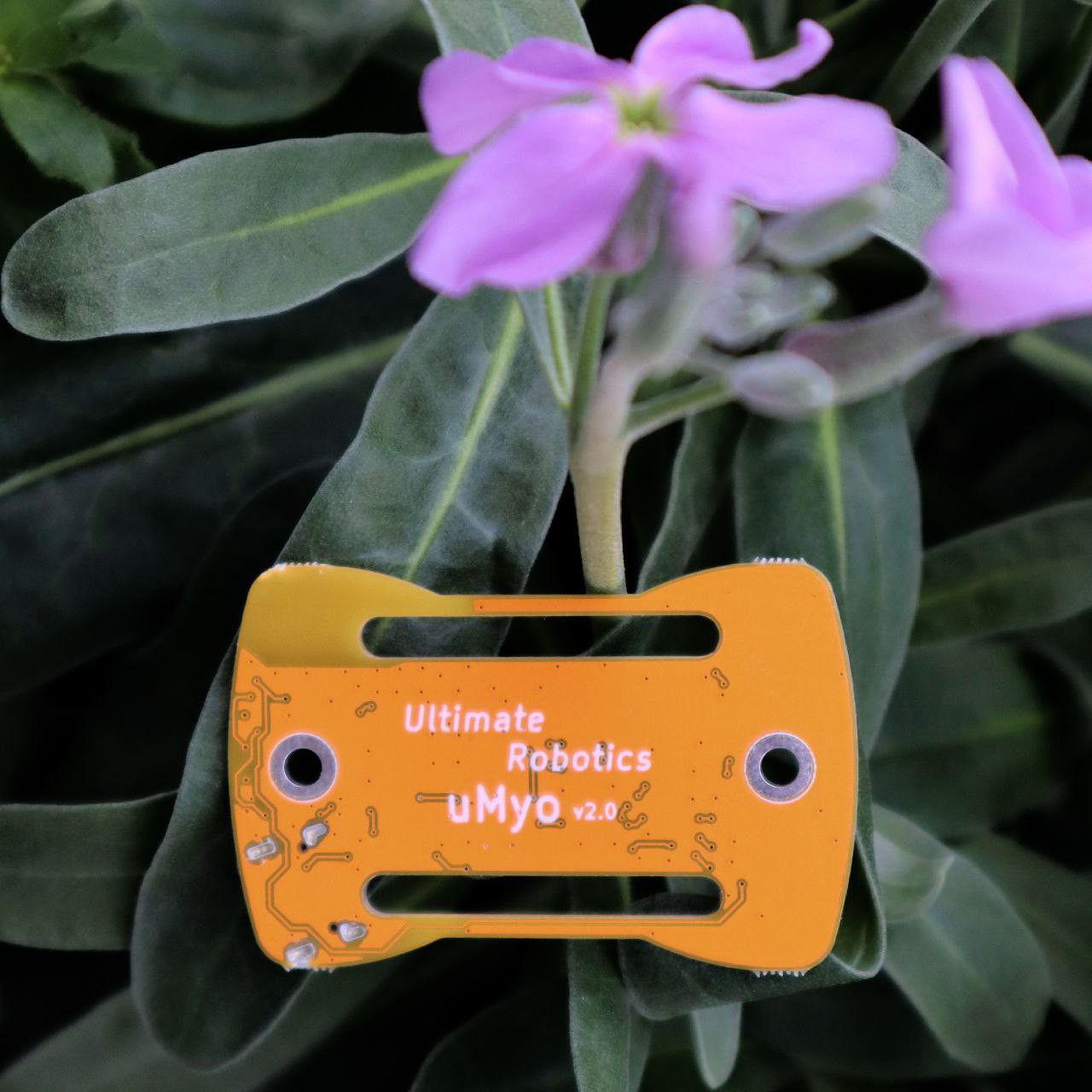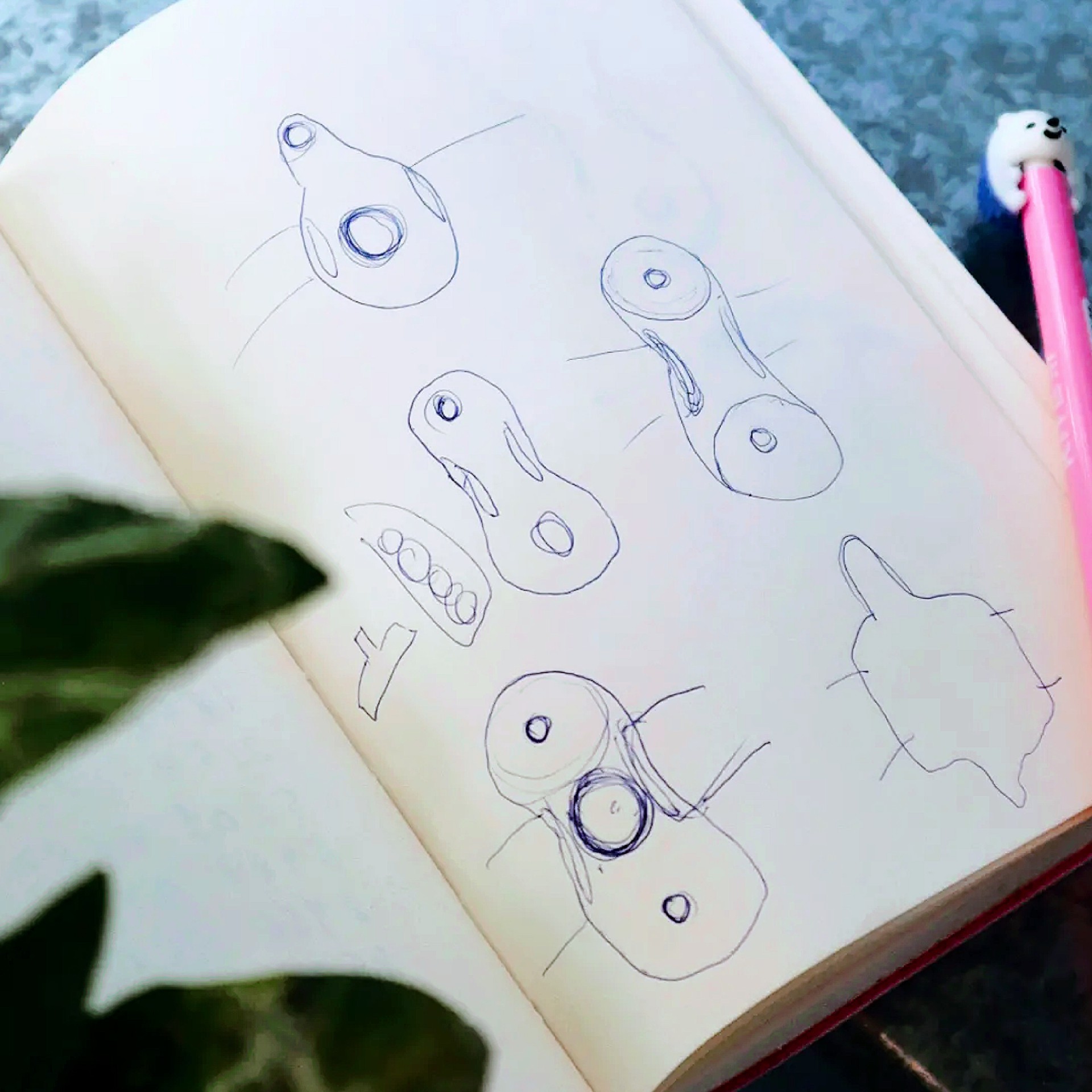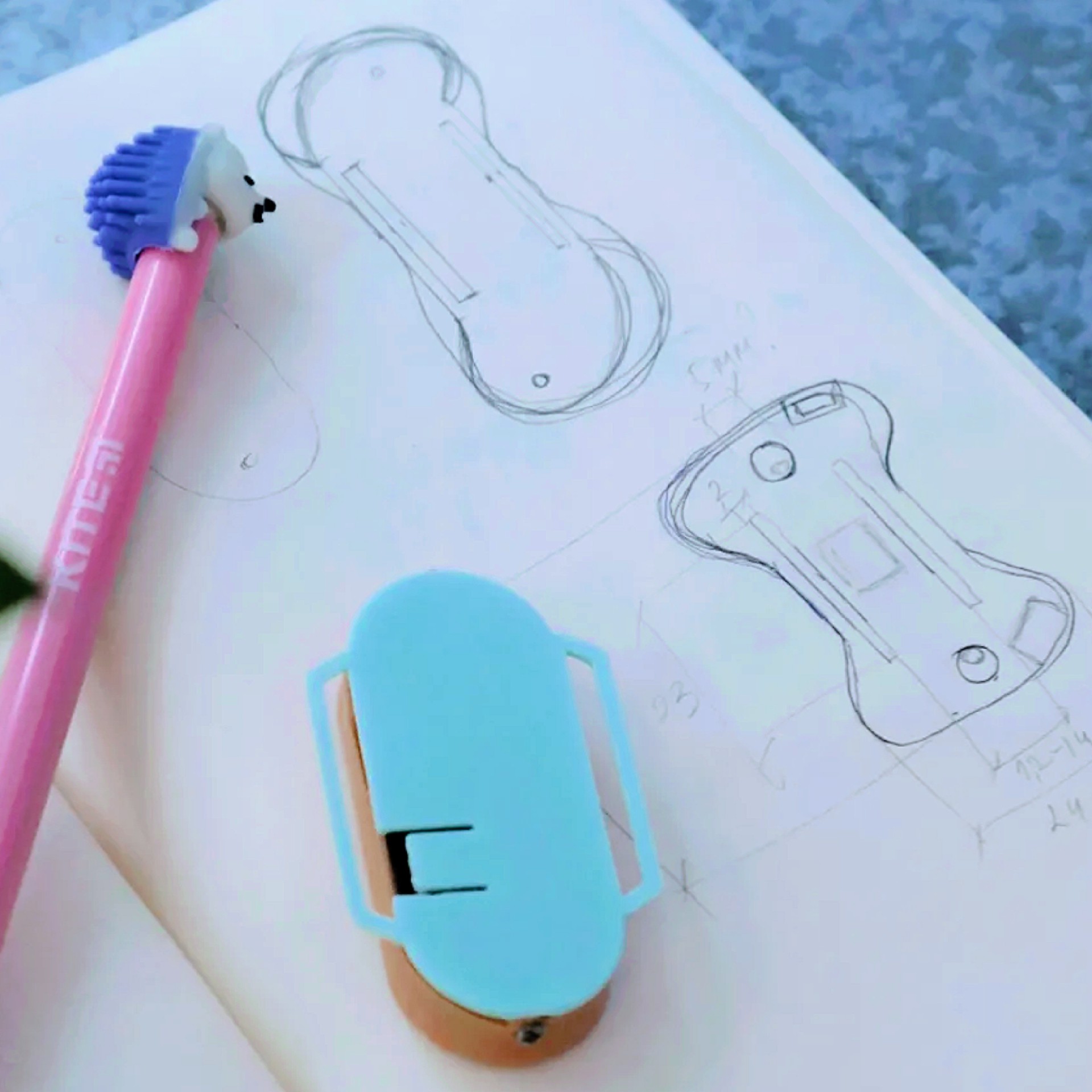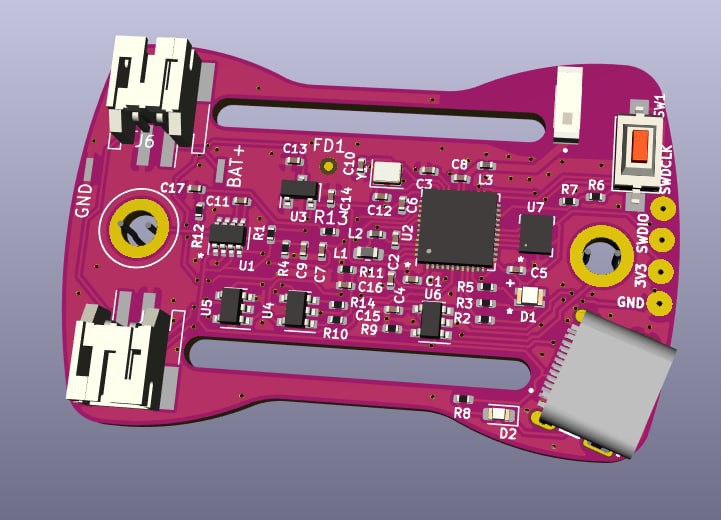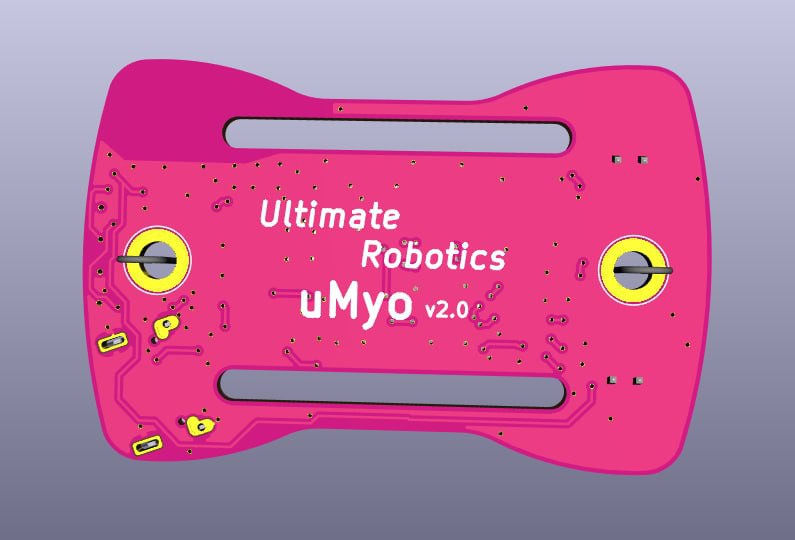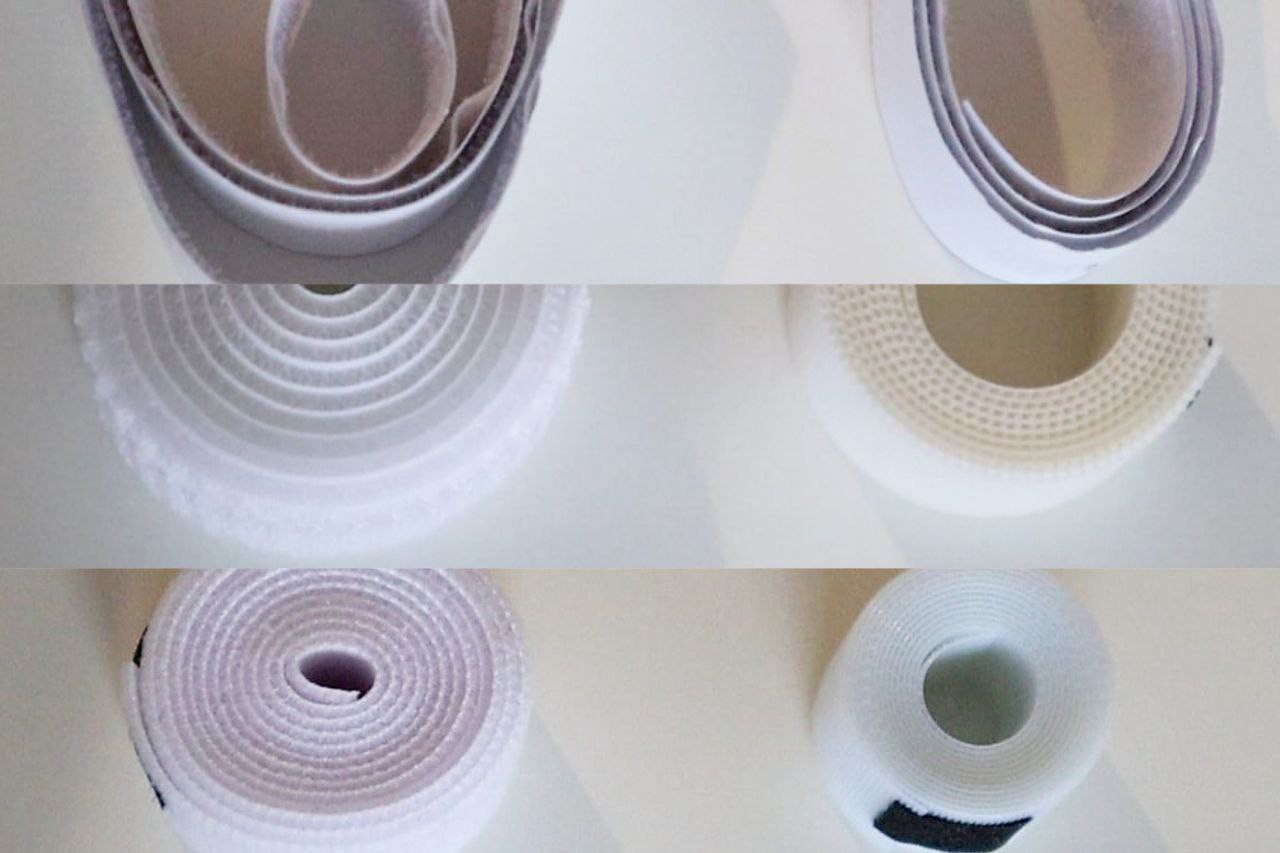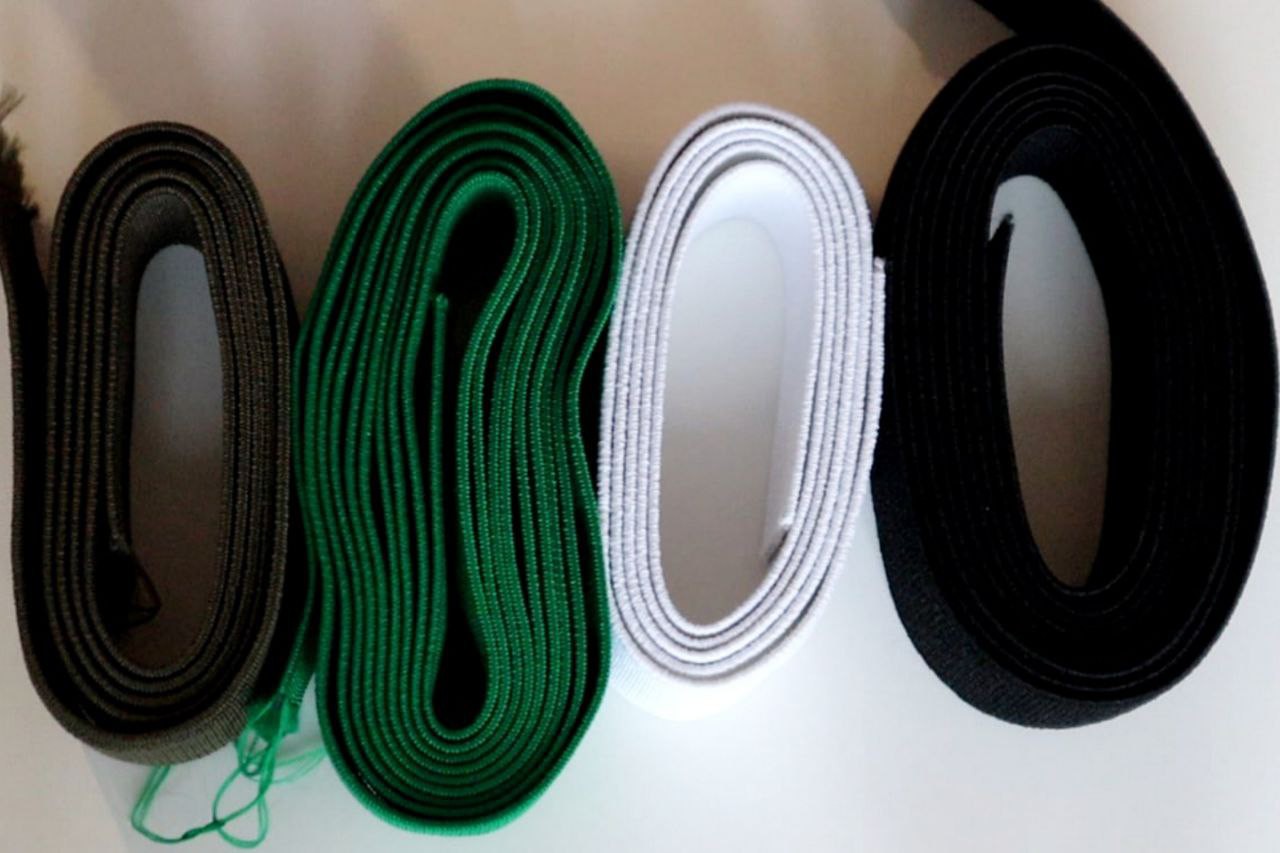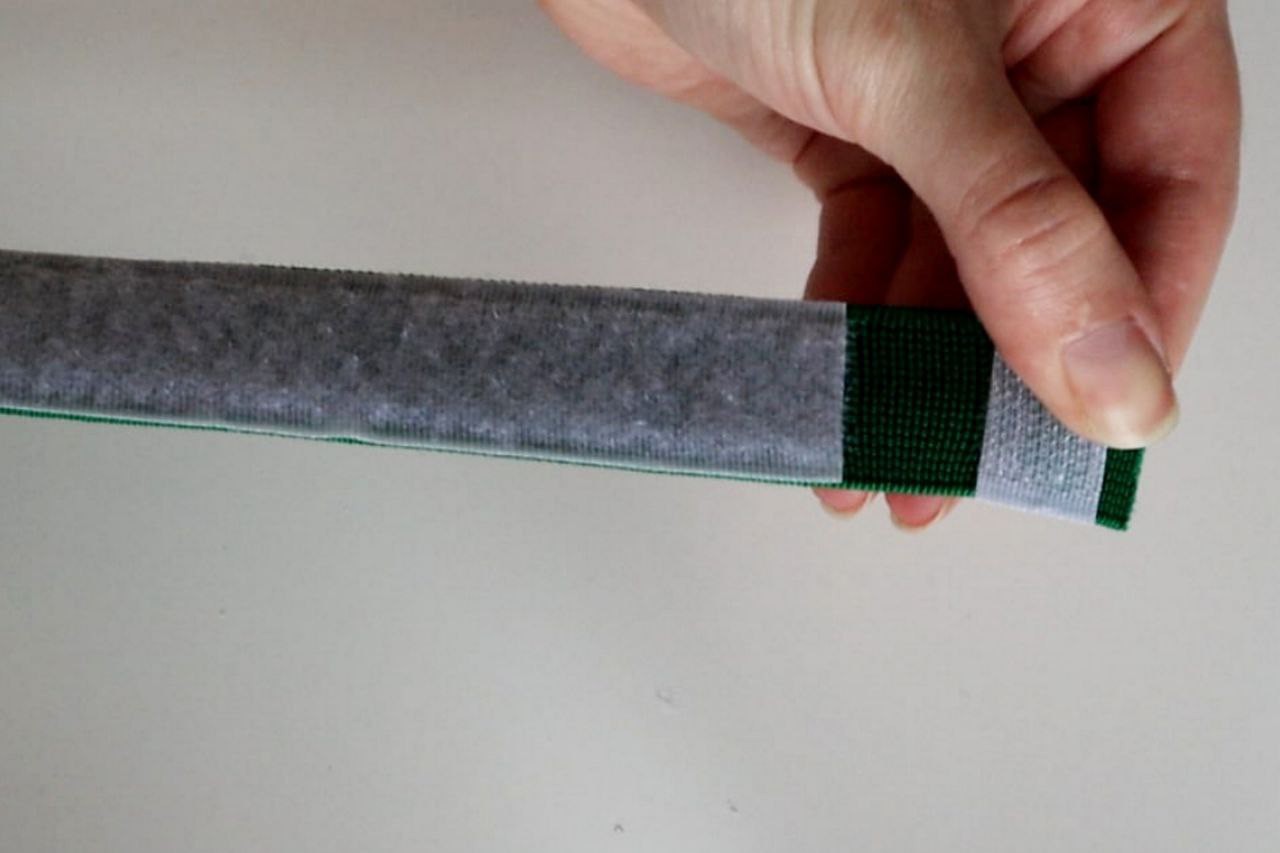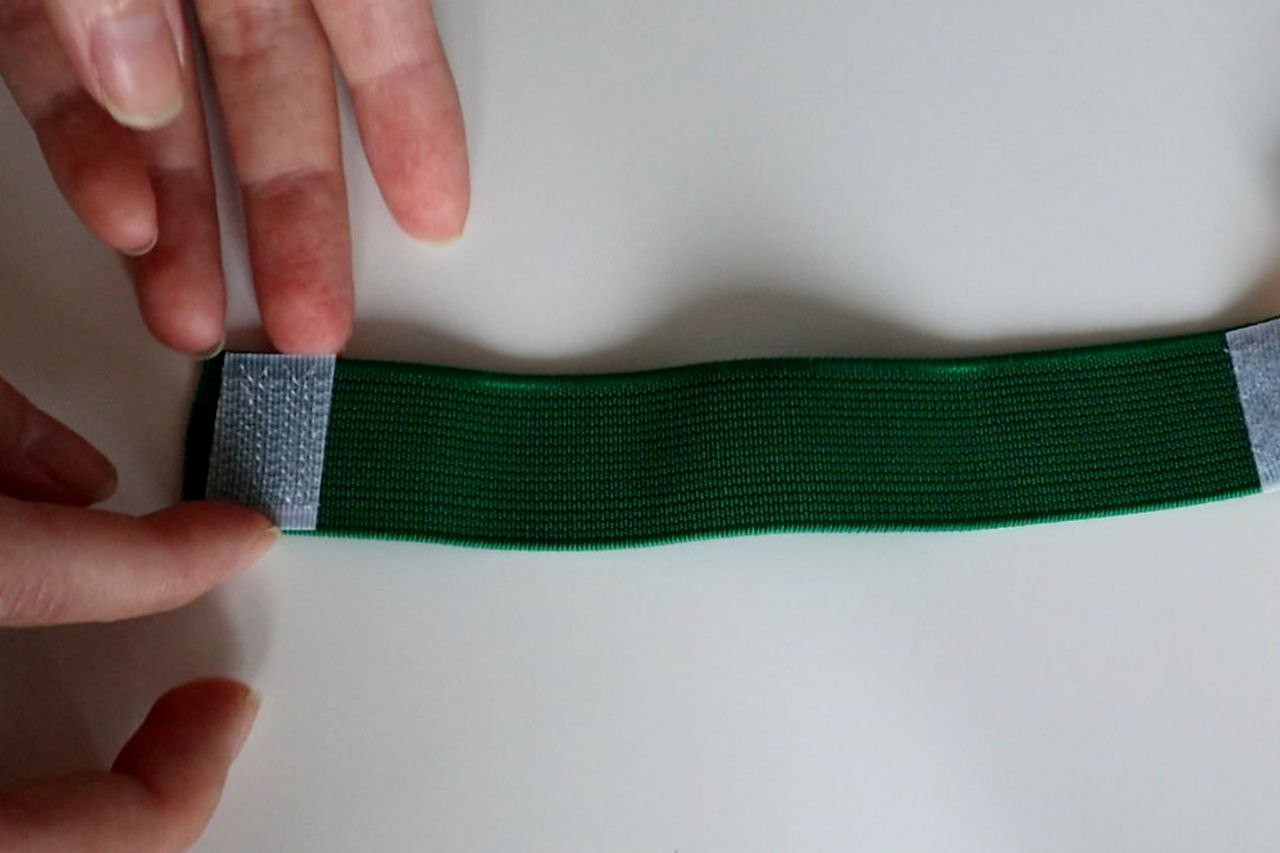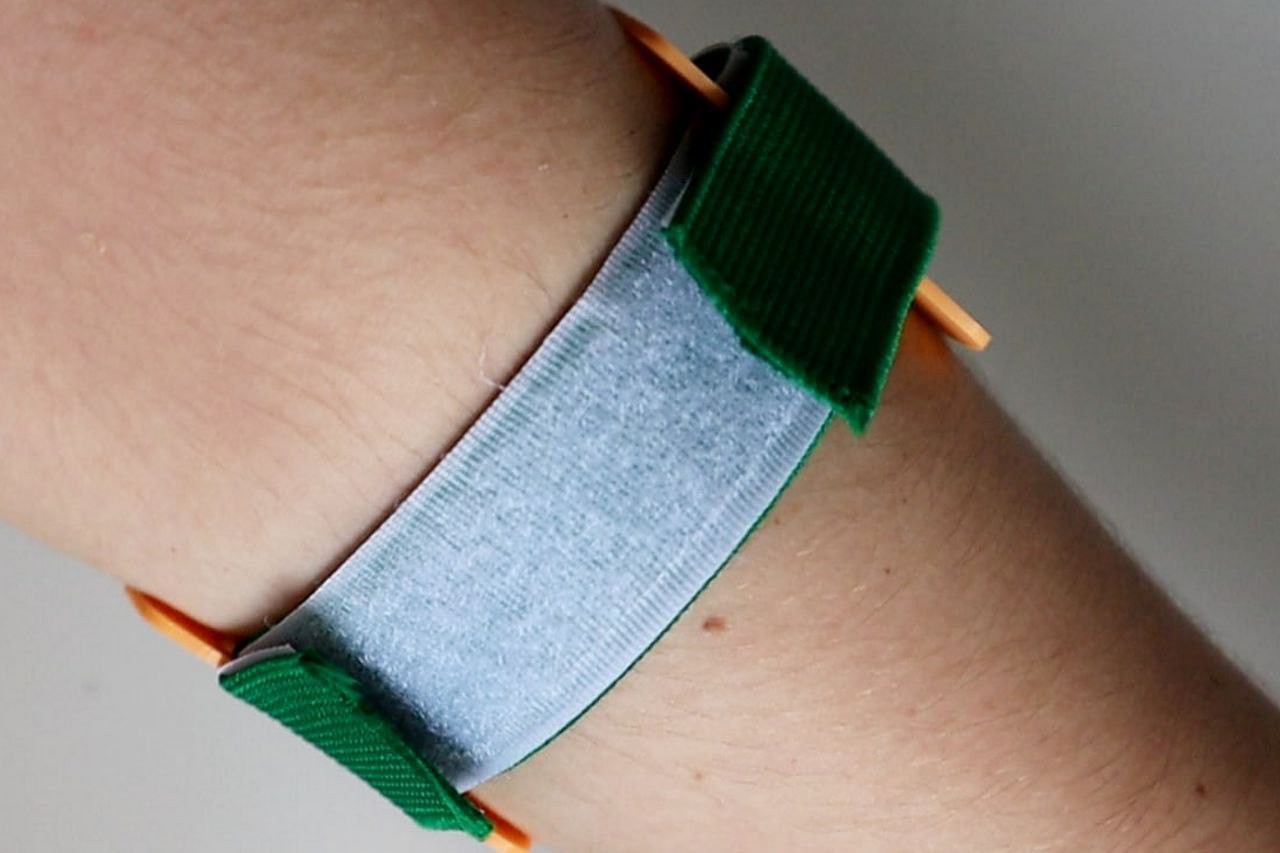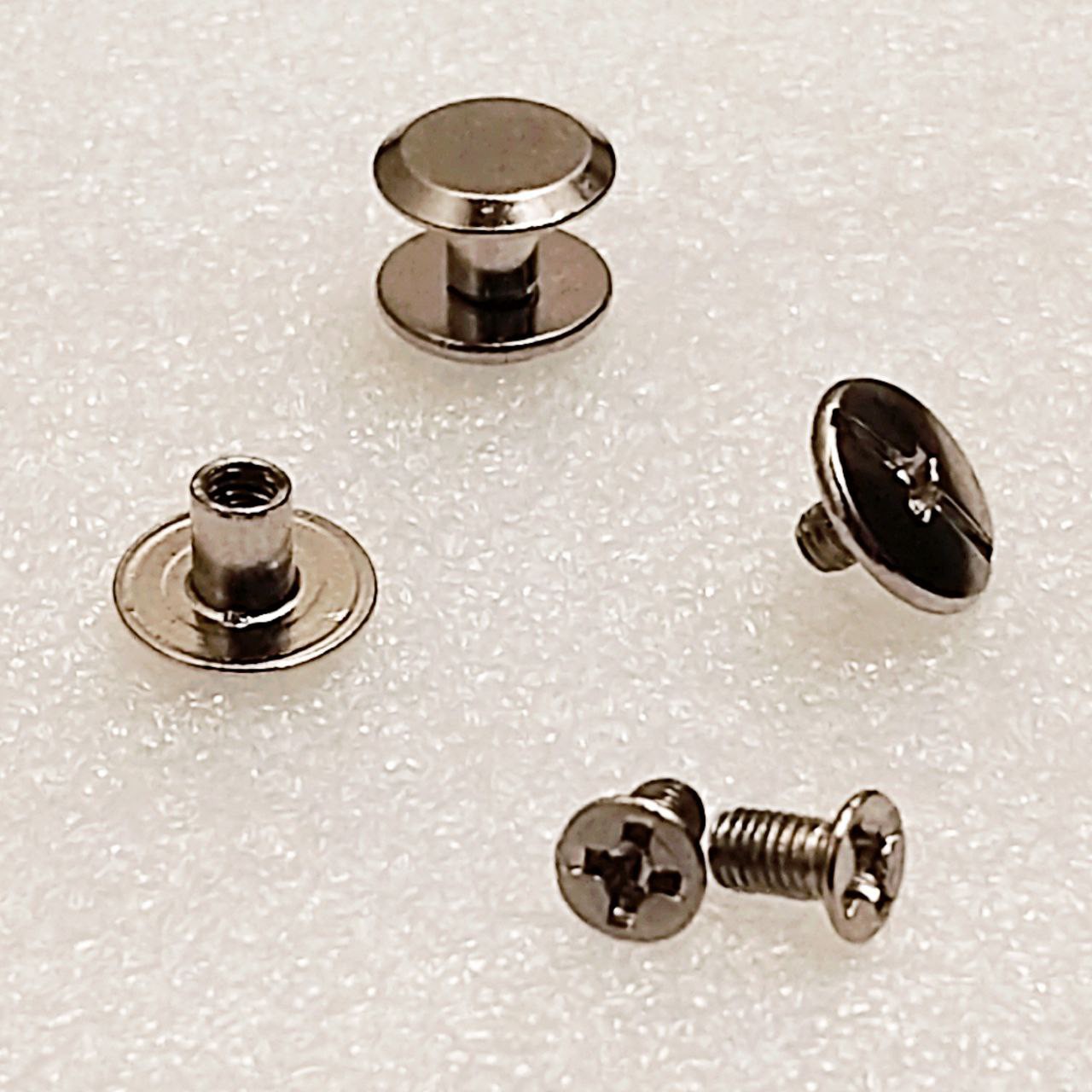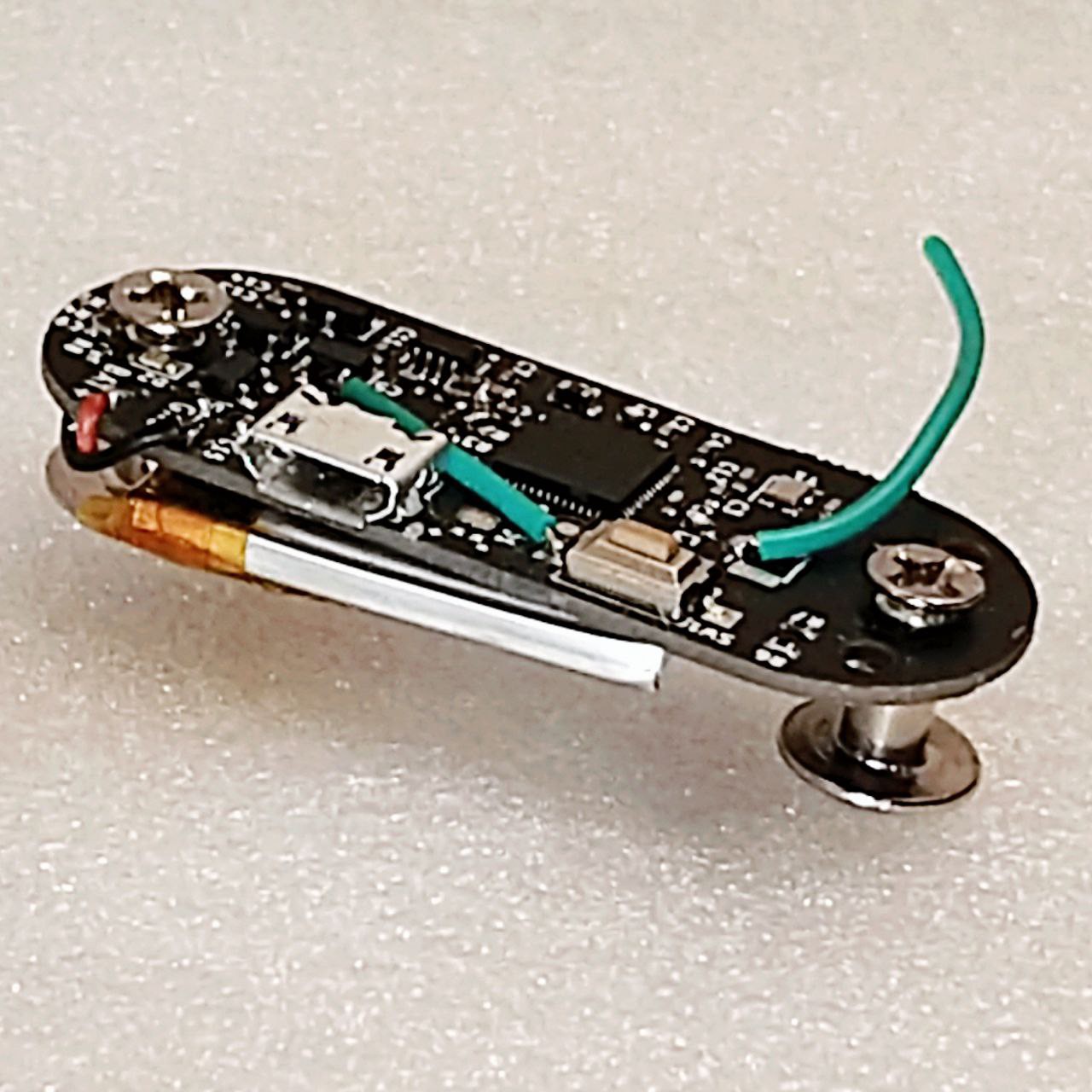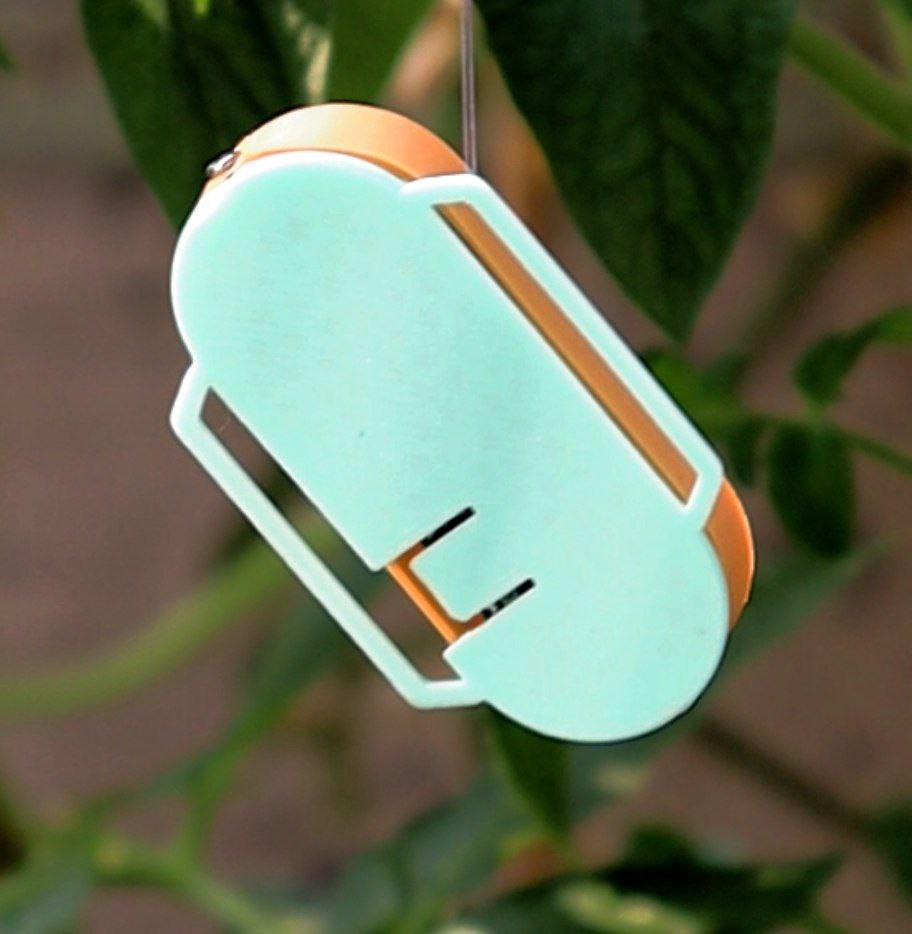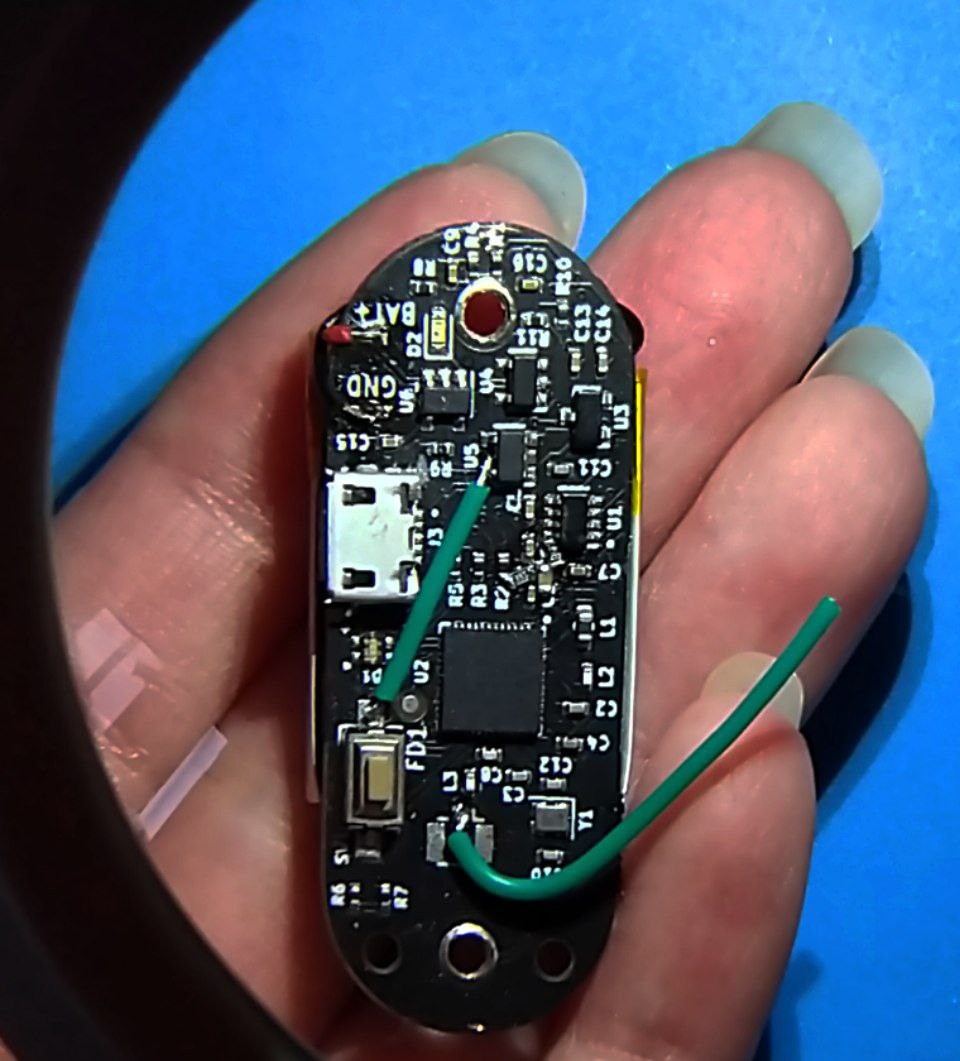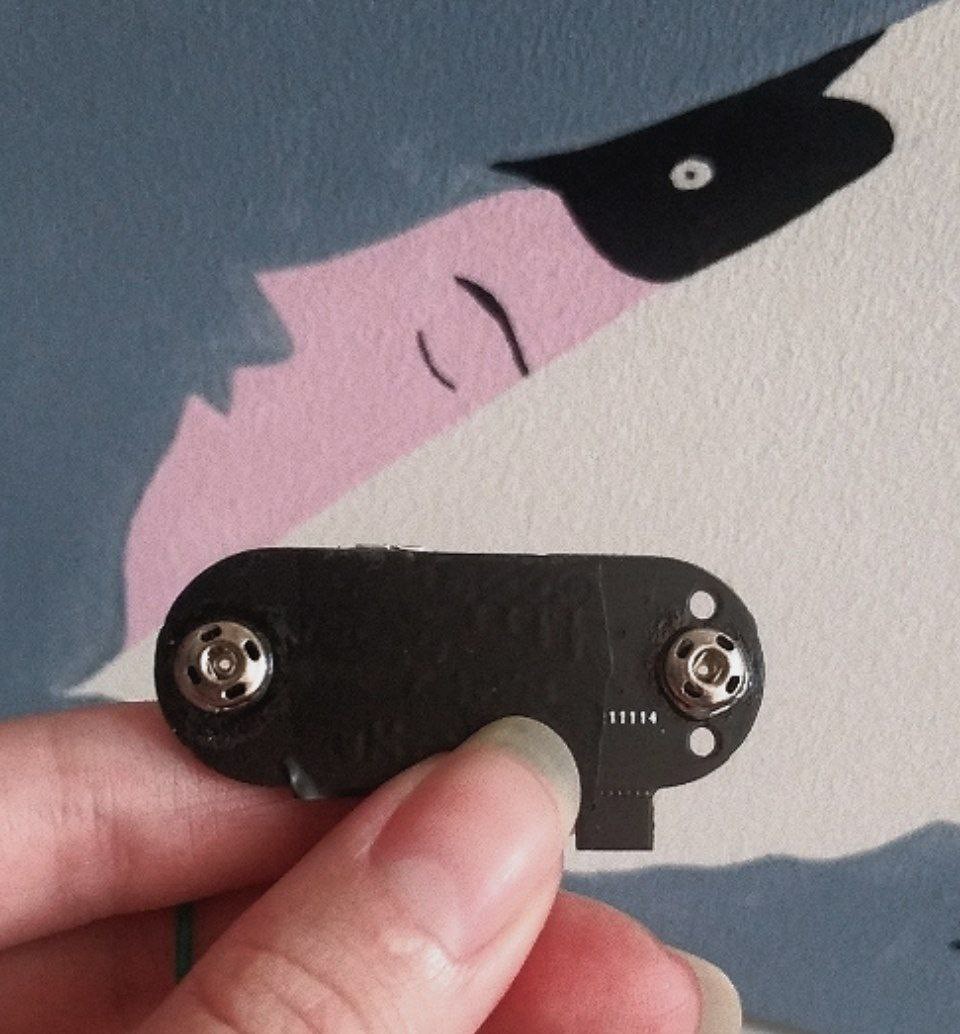-
The fourth challenge is the design of the bracelet vol 2
11/06/2022 at 21:35 • 0 commentsInitially, the conceptual design of uMyo, as a device, was in a simple modular assembly, not only for the user, but also for us. Therefore, I wanted to find existing bracelets - if there are chest belts for pulse trackers, maybe there is something for our case too.
After a long search, it turned out that wrist bracelets for fitness trackers also exist! They are used for a certain category of devices, but the very concept of fastening was also suitable for uMyo. Yet in order to check how well these bracelets actually fit our case, we had to wait for their delivery for about a month ...
Therefore, I made the first prototypes of bracelets from the previous log, for testing and improving the firmware. In any case, the bracelets we were waiting for would be either hit or miss so it couldn't be out only plan.
When we had already forgotten about these bracelets and were thinking about finding a seamstress, we received a notification about the delivery of the package. We had the bracelets and... they exceeded our expectations! Their texture, design, functionality suited us perfectly!
But in order to decide on the right variant, we ordered another batch of different sizes and colors.
![]()
After the whole team tried on bracelets for different hand sizes we chose the optimal lengths, and selected colors that suited our PCBs.
In the meantime, the prototype boards of the second version arrived. The black "cocoon" of uMyo's first prototype has turned into a beautiful orange butterfly!
![]()
And the first tests of the new board and bracelet can be seen on the video!
-
The third challenge is board design
11/03/2022 at 18:48 • 0 commentsAs I said in the first project log - to mount the first uMyo prototype, we printed the case on a 3D printer. But it was a temporary solution...
We had to come up with a bracelet connected directly to the board, otherwise the uMyo manufacturing process would become unnecessarily complicated. Therefore, we had to change the design of the board...
To find the ideal shape, I drew several sketches...
![]()
![]()
Dmytro implemented one of them in the form of a new board design. uMyo looks like a butterfly now, but will it be durable and functional enough to use?
![]()
![]()
This we had to find out after the production of a trial batch. But not only that!
-
The second challenge is a bracelet
10/30/2022 at 23:17 • 0 commentsIt would seem that this is a simple task - just attaching a device, with the ability to adjust depending on the diameter of the hand, a minimalistic design. But while developing uEMG for a whole year, we already knew some nuances...
First, it is not so easy to find fitting textile solutions, especially among rubber bands and velcro. Some elastic bands are quite thin and stretch and lose their shape quickly enough. Velcro is often quite rough and sticks very tightly, which is good for semi-permanent fixation, but bad for our case.
Second, the diameter of people's hands can vary greatly and it is very difficult to make a universal bracelet. More precisely, you can cover 70% of medium and large hands with one size, but 30% of small hands cannot be covered with the same bracelet length. Therefore, it was necessary to determine two lengths of the bracelet.
Third, it seems that with a minimalistic design it should be easier, because you don’t have to invent a lot. But in fact, to make a simple practical bracelet that will perform its functions well and be wear-resistant... More precisely, for textile designers it is possible and simple, but for us, who do not have experience in this area, it is not easy)
Well, every journey begins with one small step. uMyo needed a wristband for testing! So for experiments I bought samples of elastic bands and velcro, which were available in Ukraine.
![]()
![]()
Due to the russian attack on Ukraine, in many areas, including electronic components and textiles, the assortment has significantly decreased, because some stores stopped working, people began to order less, and shipment to Ukraine took longer than before.
From what I had, I sewed three bracelets of different lengths, with different types of velcro. Which made it possible to start testing uMyo and determine the minimum dimensions.
![]()
![]()
![]()
But, as you remember, we would like to make uMyo a very simple device and finding a seamstress, purchasing materials for a bracelet, several iterations to the ideal option, serial sewing of bracelets in different colors, sizes, did not make the device simple and inexpensive... Therefore, this was the plan B. What was the plan A? I'll tell you in the following logs!
The next log will be about board design.
-
Challenge One - Dry Electrodes
10/28/2022 at 20:45 • 0 commentsFirst of all, we began to solve the problem with dry contact.
After uECG, and in general researching the market for EMG sensors, I wanted to avoid using disposable electrodes. In addition to being environmentally friendly and economical, disposable electrodes are not a practical solution, every time you use the device you need new ones and if they suddenly run out, then you simply cannot do things.
But what's the way out? The first thing we thought about was practicality. It was necessary to find a solution that would not use soldering, preferably a removable design. Detachable structure...
Having a construction background, I got the idea that it could be some kind of bolt! Googling the existing options, I found what is called a connecting or belt bolt, or a binding screw. These bolts are used in construction, textile fittings and stationery. Despite the prevalence, a 2-3 mm high bolt was not so easy to find. After checking several dozen online stores, I was able to find belt screws with a height of 5 mm (and available in single quantity, which was not that easy to find!)
![]()
But this was only half the solution - which provided a smooth surface with a diameter of 8 mm for picking up the EMG signal. The design of the board was very compact with only 5mm of room on the side of the components. Therefore, we decided to replace the bolt component with ordinary screws, slightly longer to compensate for the height of the board. And what came of it?
Testing showed a fairly good signal, plus the height of the belt bolt made it possible to level out skin changes during muscle contraction (as disposable electrodes do).
![]()
Here is a simple solution to a difficult problem. The next task was to attach the device to the arm.
-
Shall we begin?
10/24/2022 at 16:34 • 0 commentsThe absence of logs here does not mean the absence of work on the project! It's time to synchronize current events.
As you learned from the "details" section, the first uMyo prototype turned out to be quite controversial.
From the positive points:
- the printed circuit board turned out to be quite small (46x18 mm)
- after a little debugging, we were able to work on the firmware
- by testing dry connectors (which we originally planned), we were able to expand the ways to receive an EMG signal
- we even printed the case to make it easier to attach to hand![]()
Of the not-so-positive ones:
- although the debug was successful, the fix was hard to make - It was necessary to solder three SMD components with no pads for them, all in one place...
- as the optimal connectors were chosen, it became clear that the hole for the connectors needed to be expanded, which required changing the location of some tracks and components
- we printed a case for uMyo, but the idea was to create the simplest EMG sensor in the hardware part and give more functionality in the firmware part. Therefore, we had to think about how to implement the uMyo attachment to the hand using only a printed circuit board...![]()
![]()
So that's what we did in May.
Next, you will learn how we solved the problems of connectors, board design, mounting methods, and also learn more about the functionality.
uMyo - wearable EMG sensor with wet/dry electrodes
EMG sensors for controlling devices and PC with muscle commands
 Ultimate Robotics
Ultimate Robotics